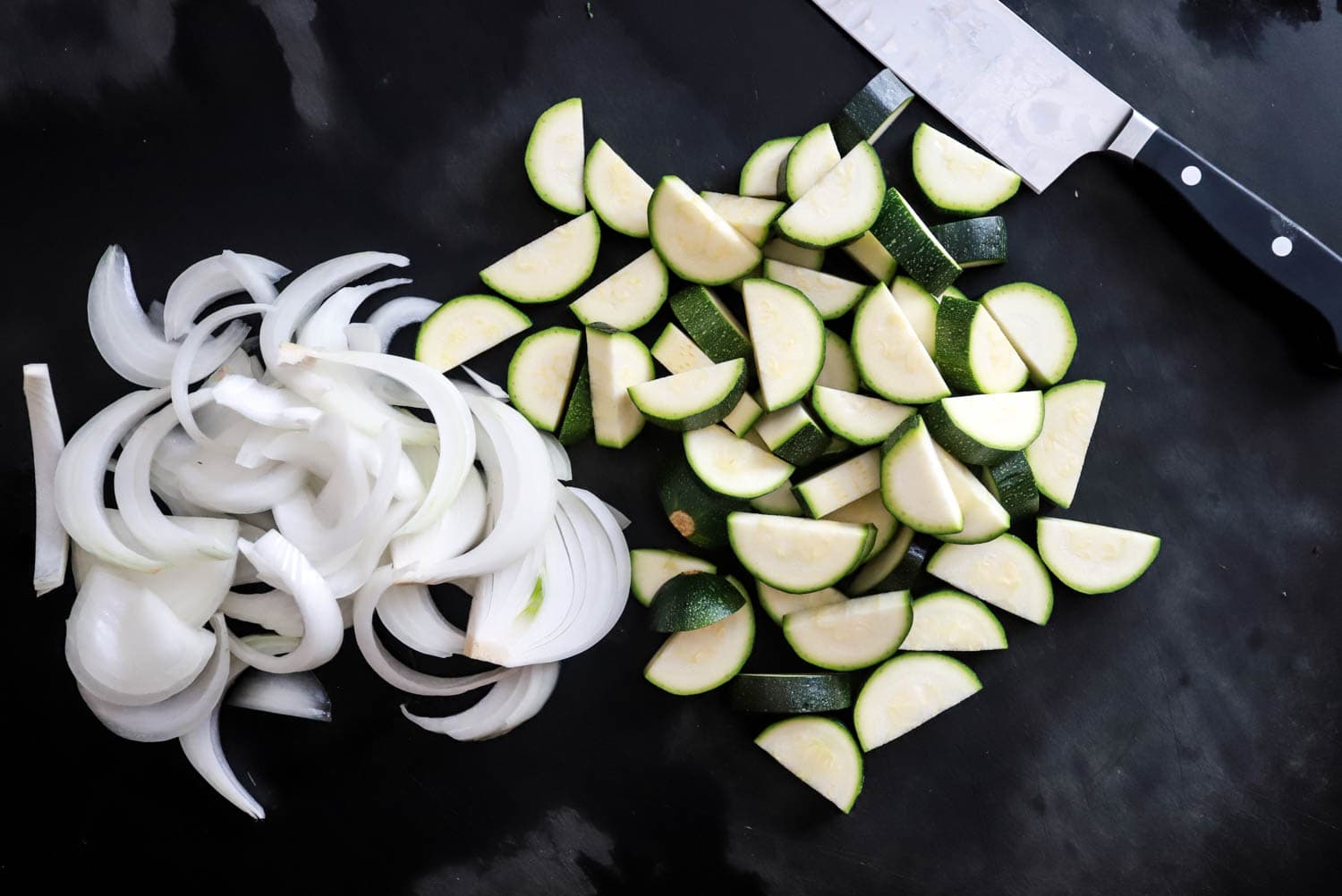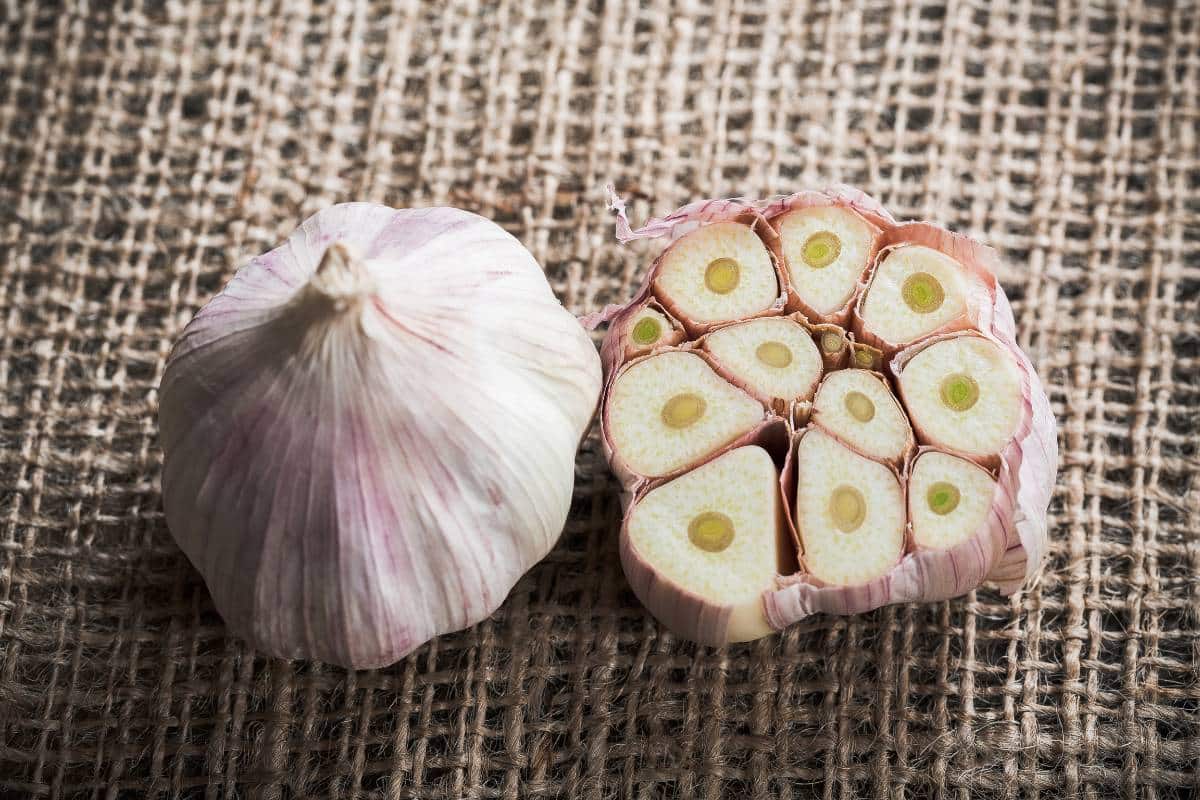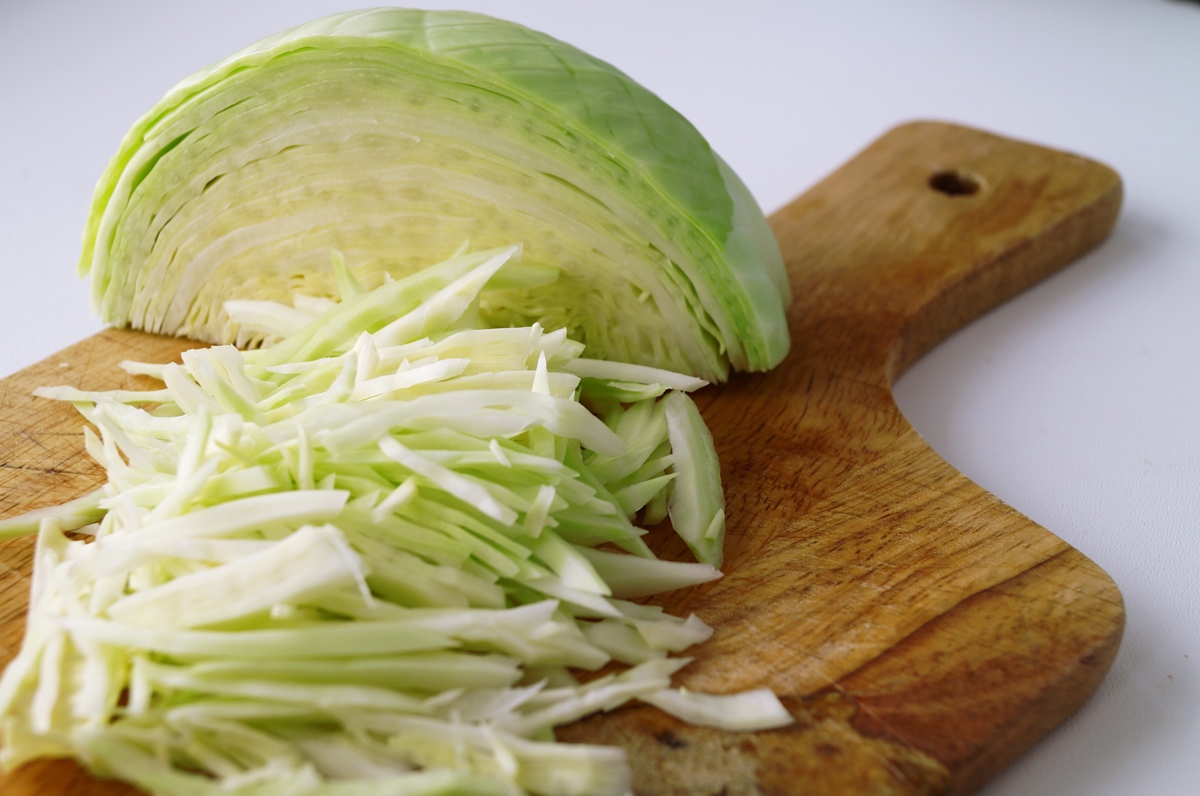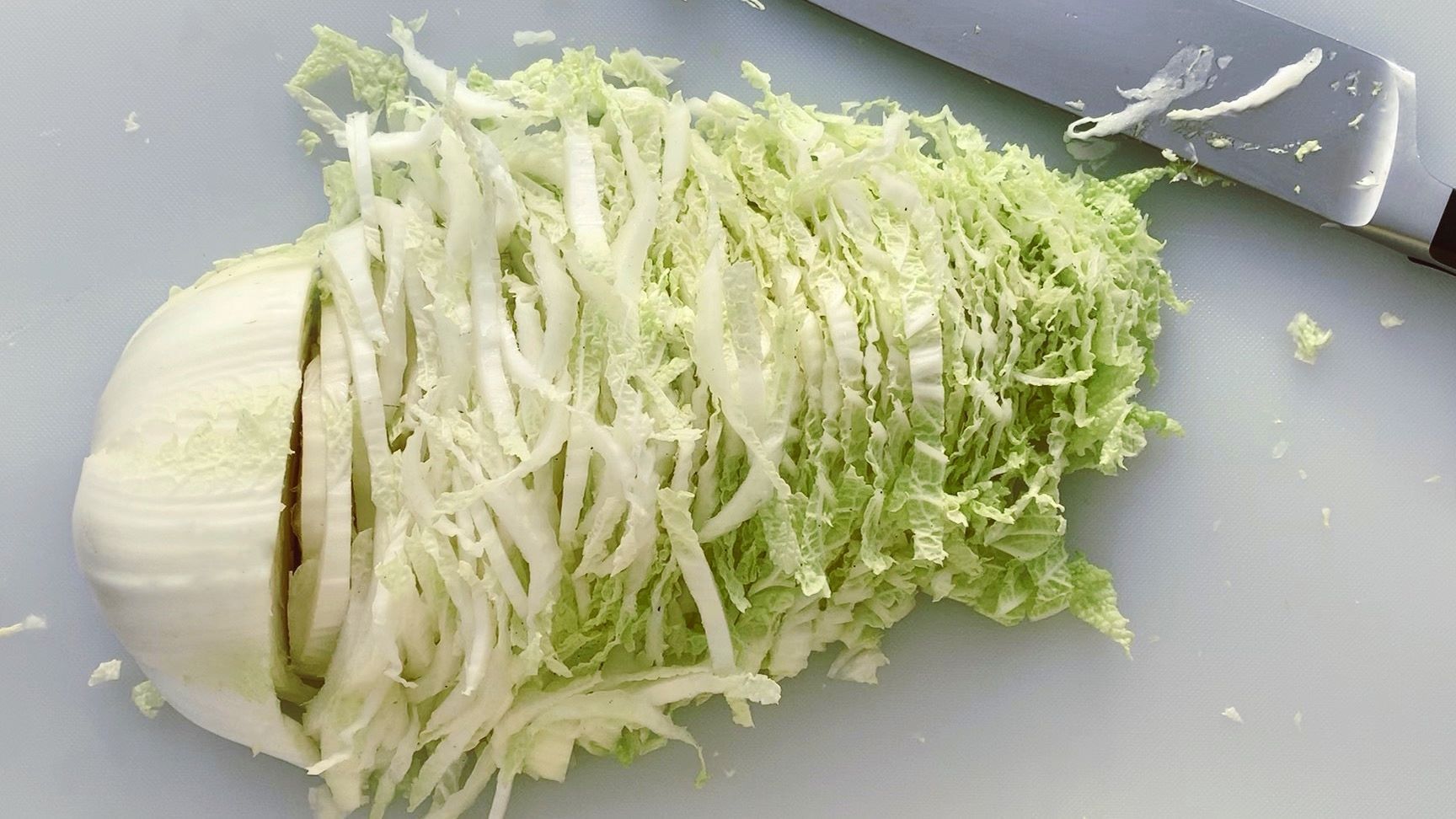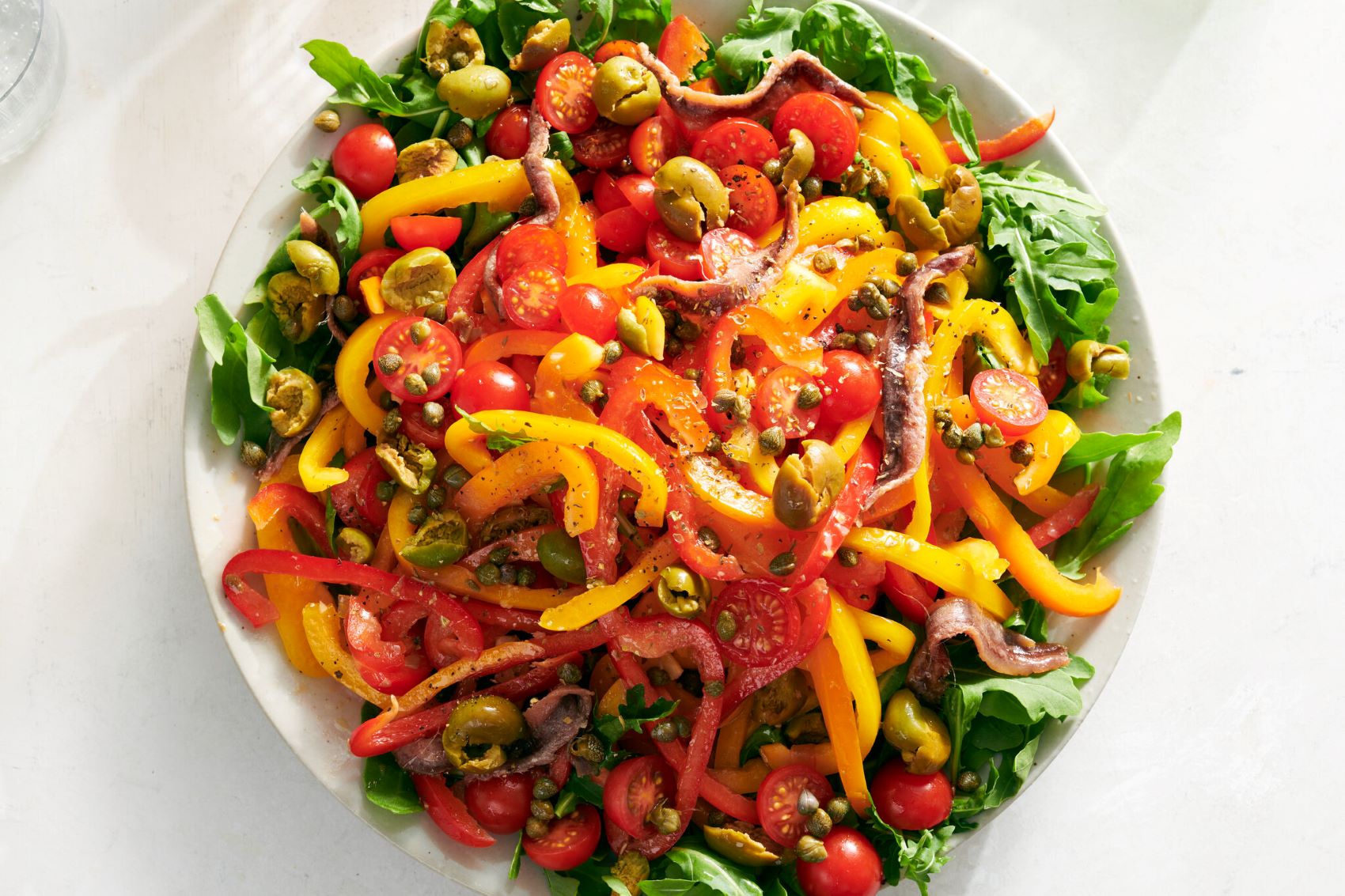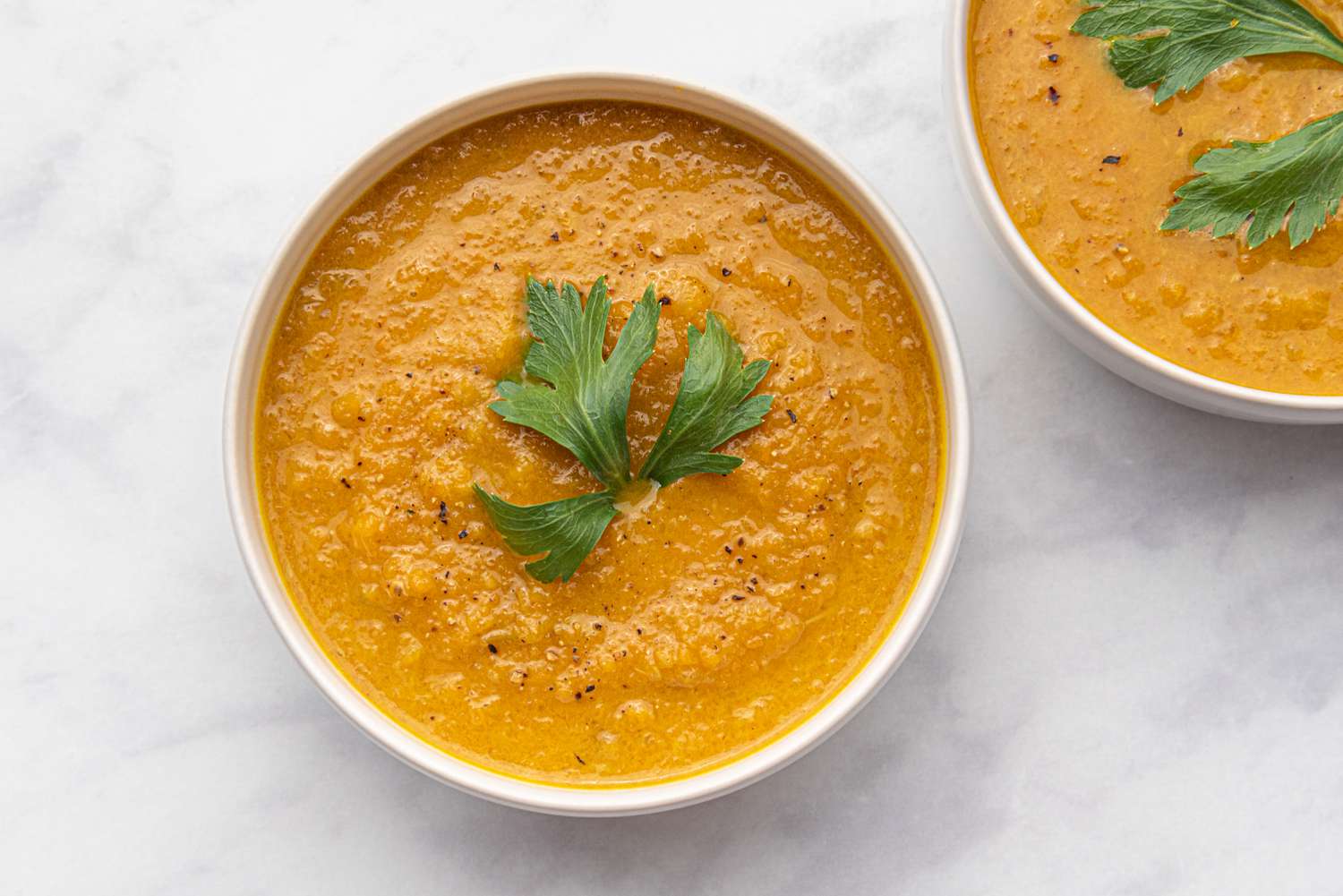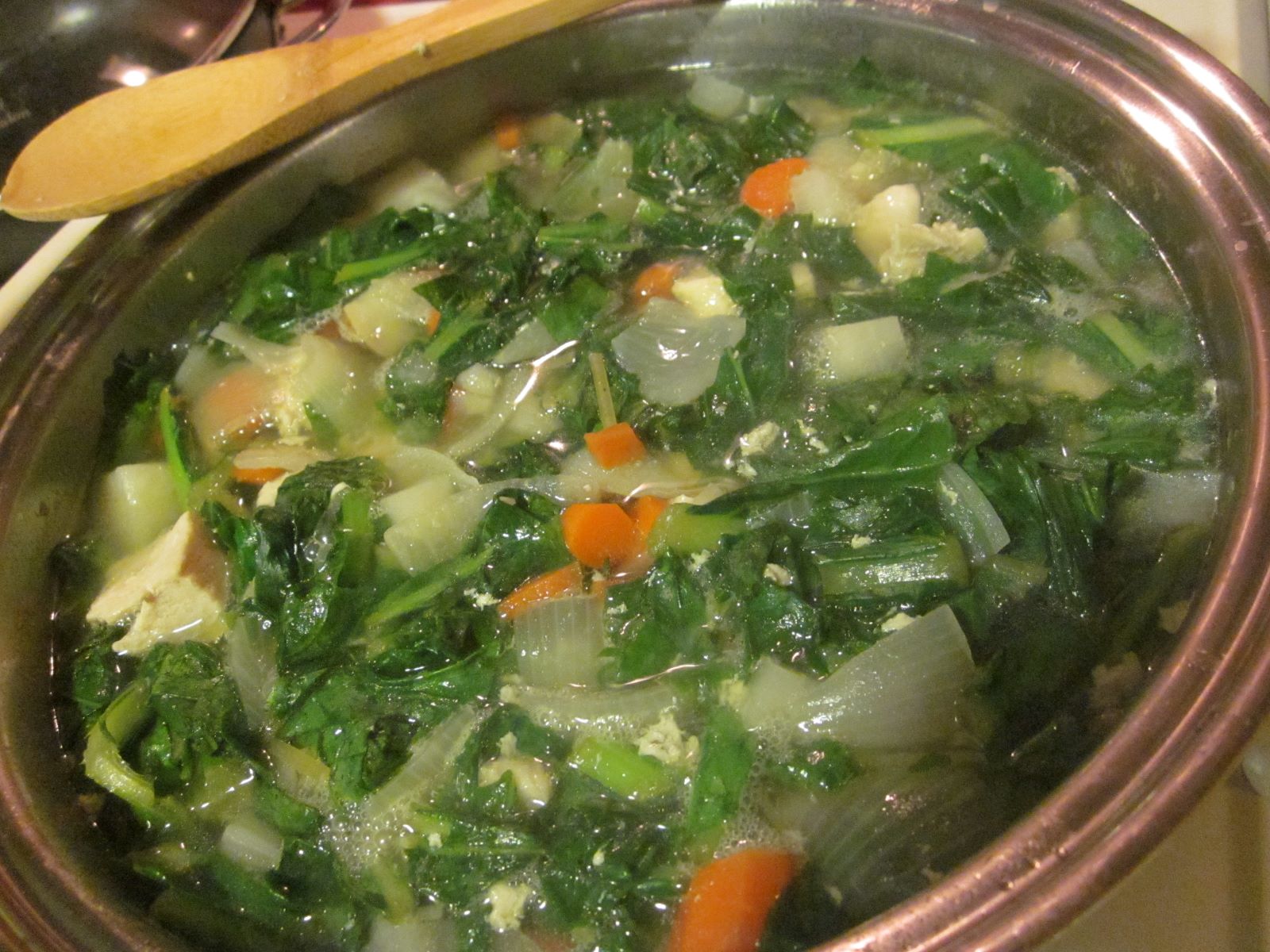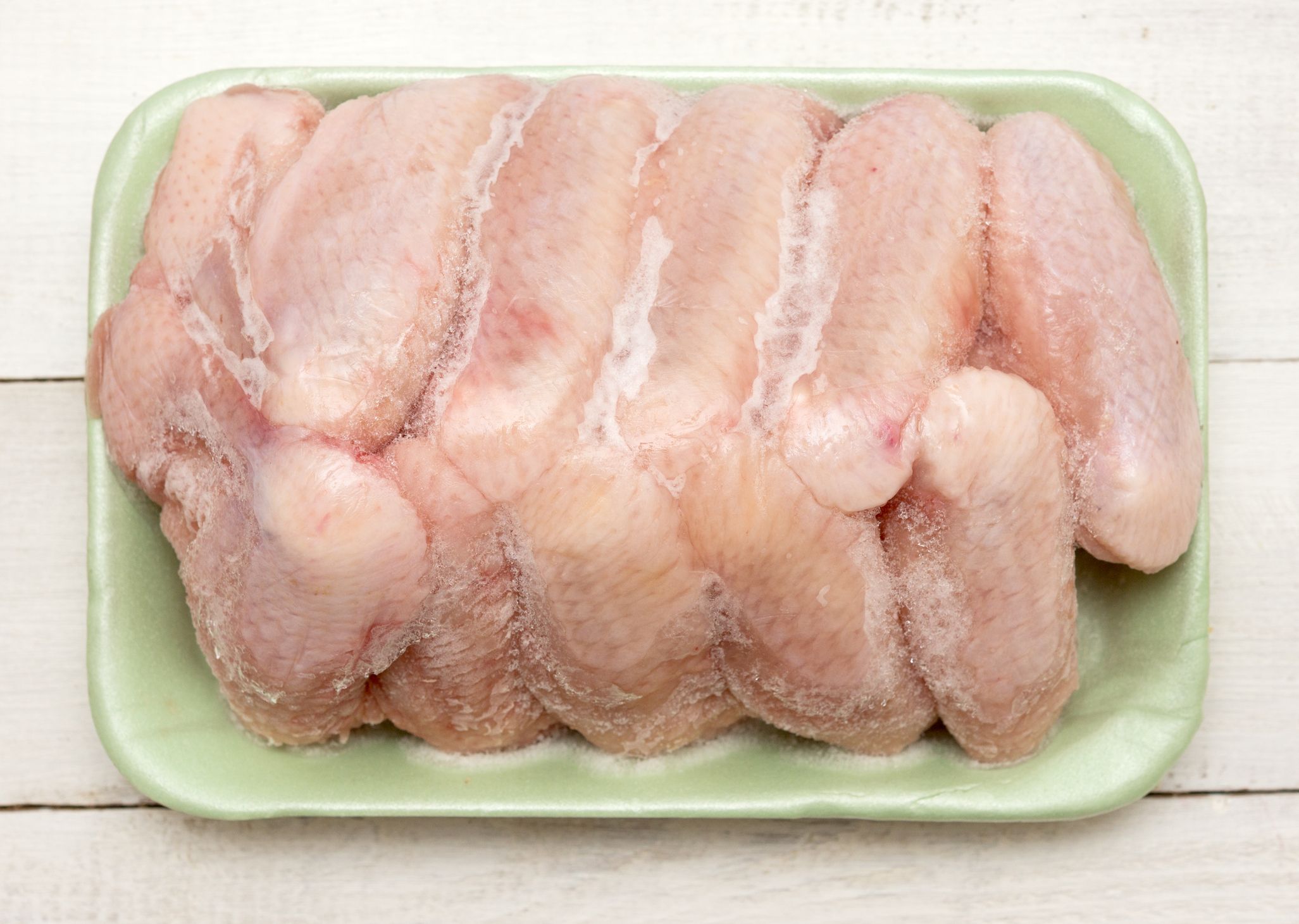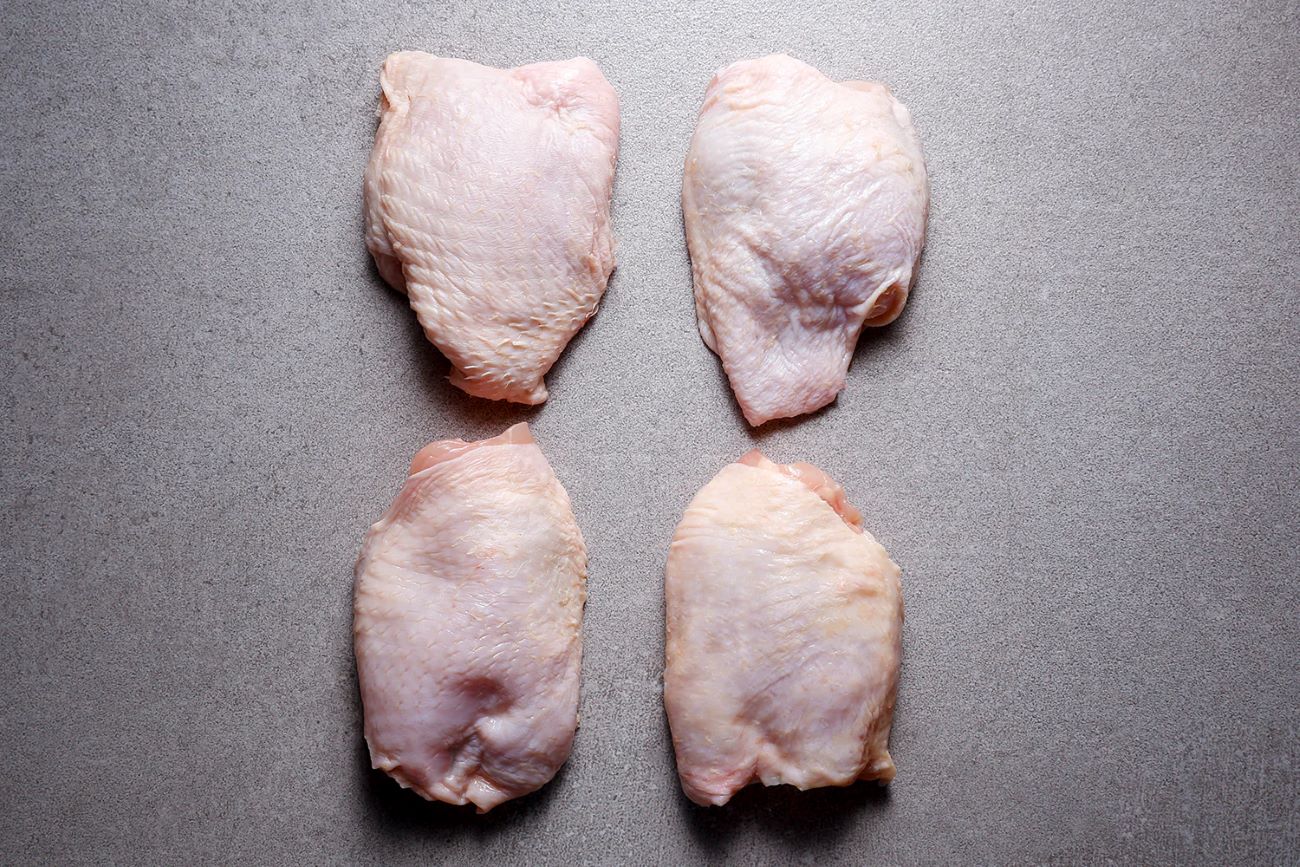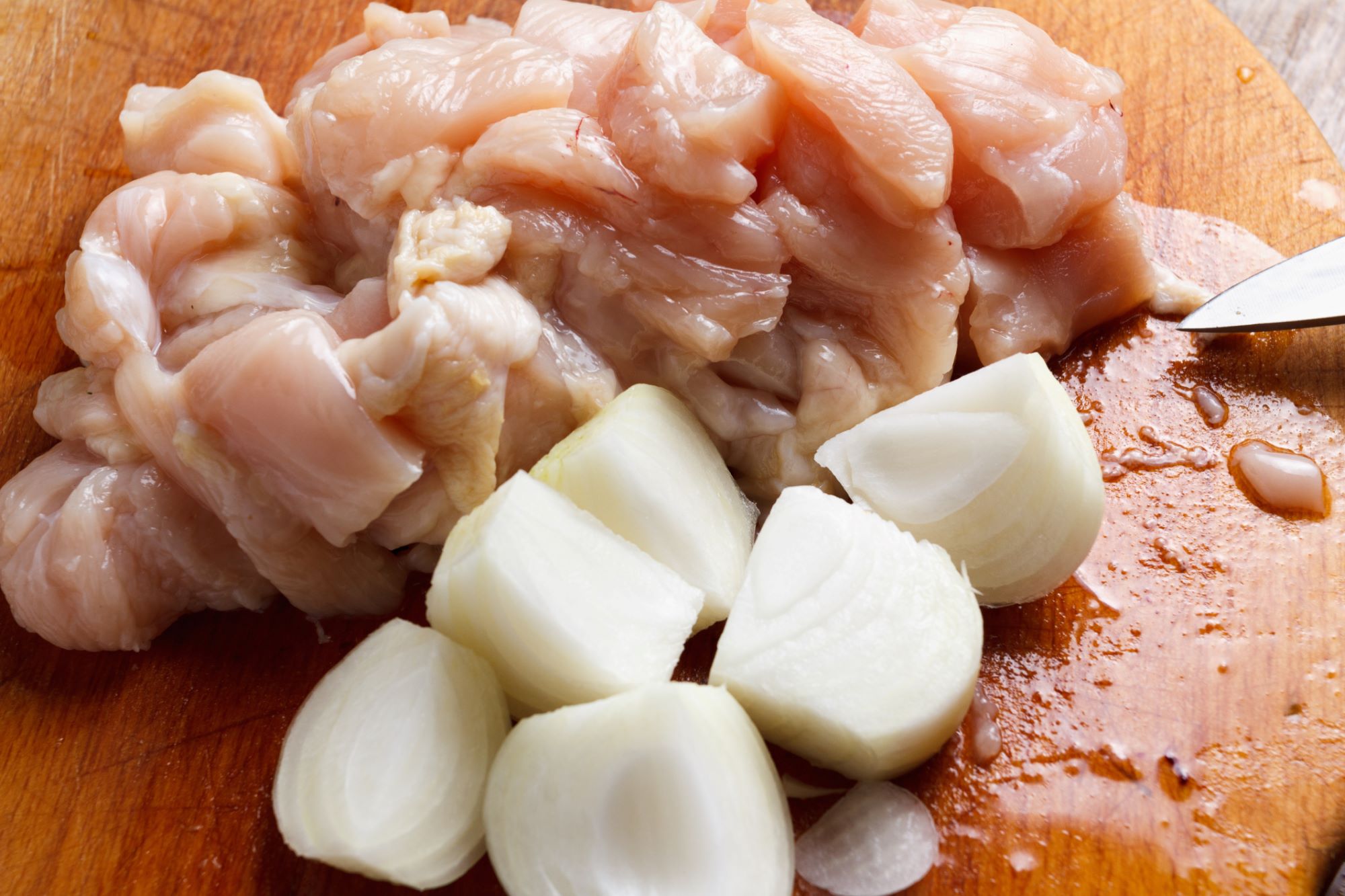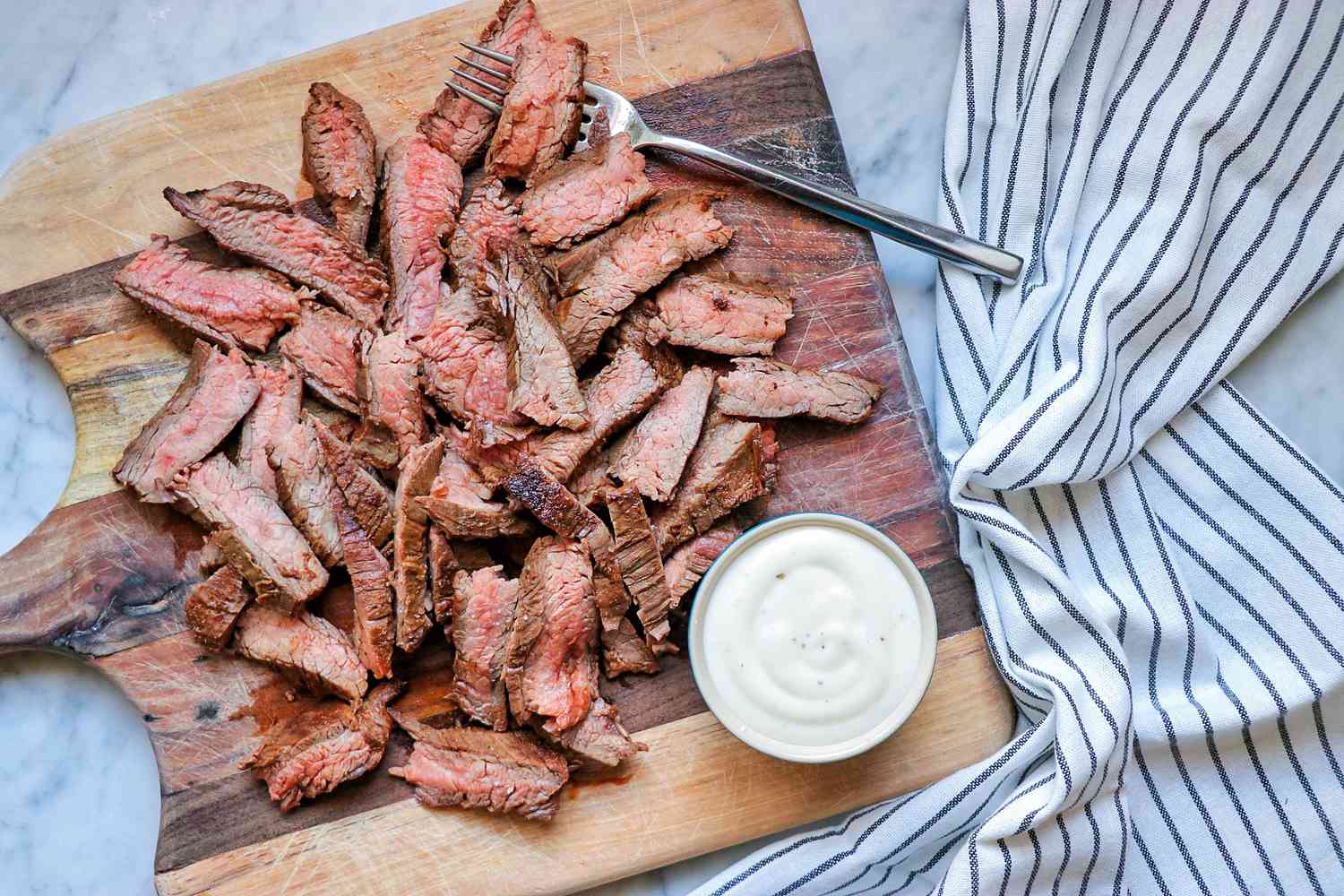How To Cut Napa Cabbage For Hot Pot
Hot pot is a delicious and comforting meal, perfect for gatherings with family and friends. One of the key ingredients in hot pot is napa cabbage, also known as Chinese cabbage. Its crisp texture and mild flavor make it a popular choice for this dish. But do you know how to properly cut napa cabbage for hot pot? Follow these steps to ensure you have perfectly cut cabbage for your next hot pot feast.
Step 1: Gather Your Ingredients
Before you begin cutting the napa cabbage, make sure you have all your ingredients ready. Apart from the cabbage itself, you will need a sharp knife, a cutting board, and a large bowl of cold water.
Step 2: Rinse the Cabbage
Start by rinsing the napa cabbage under cold water to remove any dirt or impurities. Pat it dry with a clean kitchen towel or paper towel.
Step 3: Remove the Outer Leaves
Remove any damaged or wilted outer leaves of the cabbage. They are usually greener and less crispy than the inner leaves. Discard these leaves and keep only the fresh and sturdy ones.
Step 4: Cut the Cabbage in Half
Place the cabbage on the cutting board and use a sharp knife to cut it in half lengthwise. This step will make it easier to handle and cut the cabbage into smaller pieces.
Step 5: Slice the Cabbage
Take one half of the cabbage and place it flat side down on the cutting board. Begin slicing the cabbage crosswise into thin strips, about 1-inch wide. Repeat the process with the other half of the cabbage.
Step 6: Soak the Cabbage
After cutting the cabbage into thin strips, it’s important to soak them in cold water to maintain their crispness. Place the cabbage strips in a large bowl filled with cold water and let them sit for about 10 minutes. This will also help to remove any excess dirt or bitterness.
Step 7: Drain and Serve
Once the cabbage has soaked for 10 minutes, drain the water using a colander. Give them a gentle squeeze to remove any excess water. Your perfectly cut napa cabbage is now ready to be added to the hot pot!
Additional Tips:
- For a more uniform presentation, you can trim the cabbage strips into shorter lengths if desired.
- If you prefer a softer texture, you can blanch the cabbage in boiling water for a minute before adding it to the hot pot.
- Feel free to experiment with different vegetables and ingredients to personalize your hot pot experience.
Now that you know how to cut napa cabbage for hot pot, you can confidently prepare this delicious dish for your next gathering. Enjoy the vibrant and flavorful cabbage in your hot pot, and don’t forget to share this handy guide with your fellow hot pot enthusiasts!
Explore Delicious Recipes Using Napa Cabbage
Now that you've mastered cutting Napa cabbage for hot pot, why not put your new skill to the test with a variety of scrumptious recipes? For those eager to dive into traditional flavors, the Classic Chinese Hot Pot with Napa Cabbage is a must-try, offering a comforting and authentic experience. Spice enthusiasts will relish the Spicy Sichuan Hot Pot with Napa Cabbage, which packs a punch with bold flavors. Seafood lovers should not miss the Seafood Hot Pot with Napa Cabbage, a delightful mix of fresh oceanic tastes. For a vegetarian-friendly option, the Vegetarian Hot Pot with Napa Cabbage provides a hearty and satisfying meal without any meat. Each recipe utilizes the technique of preparing Napa cabbage, enhancing the overall texture and flavor of the dish. These selected dishes are recommended for their ability to showcase how versatile Napa cabbage can be in your cooking repertoire.
Was this page helpful?
Read Next: How To Cut Cucumber For Pasta Salad
